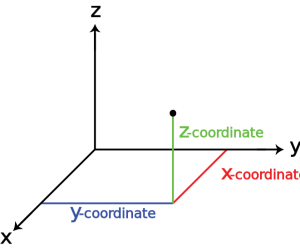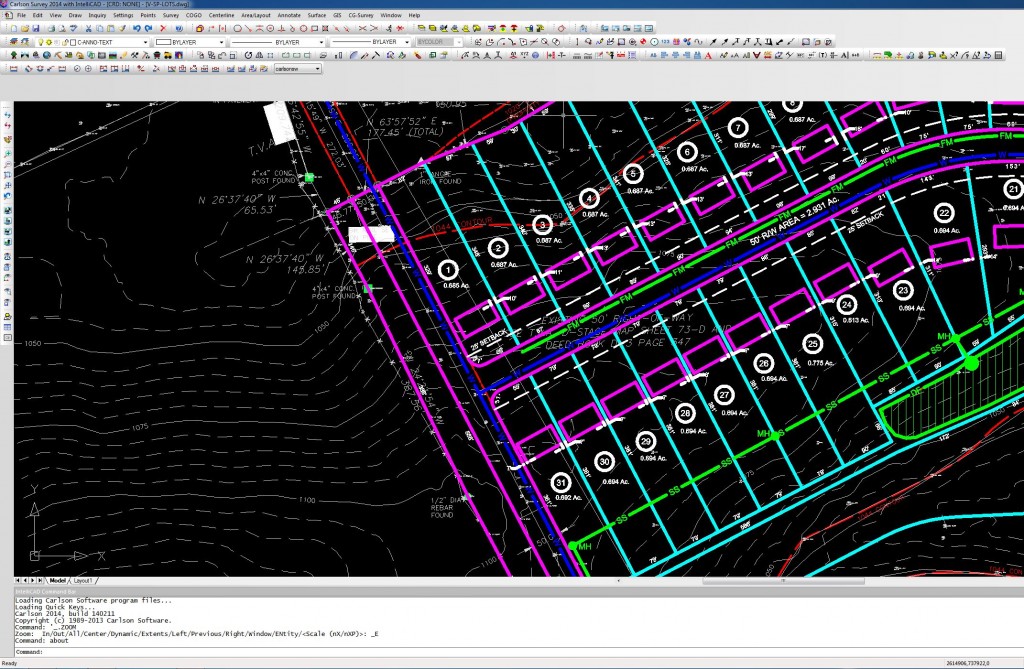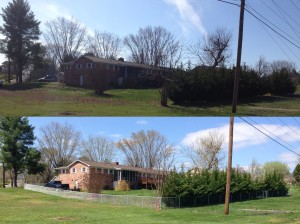In recent years, oil and gas production in the United States has expanded, in part due to an innovative technique called “hydraulic fracturing”, commonly called “fracking”. According to Wikipedia (https://en.wikipedia.org/wiki/Hydraulic_fracturing):
Hydraulic fracturing (also hydrofracturing, hydrofracking, fracking or fraccing) is a well-stimulation technique in which rock is fractured by a pressurized liquid. The process involves the high-pressure injection of ‘fracking fluid’ (primarily water, containing sand and other proppants suspended with the aid of gelling agents) into a wellbore to create cracks in the deep-rock formations through which natural gas, petroleum, and brine will flow more freely. When the hydraulic pressure is removed from the well, small grains of hydraulic fracturing proppants (either sand or aluminium oxide) hold the fractures open.
In Tennessee, the Tennessee Department of Environment & Conservation (TDEC) requires anyone who drills, deepens or reopens oil and gas wells to obtain an Oil and Gas Well Permit. You can find more information on the permitting process at TDEC’s website here: http://www.tennessee.gov/environment/article/permit-other-oil-and-gas-well-permit
According to TDEC’s instructions, the permit applicant must submit an oil and gas well location plat prepared by a Tennessee registered land surveyor, showing information such as (but not limited to):
- proposed location of the oil and gas well site;
- proposed location of all new ingress and egress;
- location of all diversions, drilling pits, dikes, structures and facilities
- proposed location of storage tanks and other surface disturbances
A listing of the complete well location plat requirements can be found in the TDEC Oil and Gas Program Rules, Chapter 0400-52-03 Well Location Plats, here: http://www.state.tn.us/sos/rules/0400/0400-52/0400-52-03.20130618.pdf
The civil engineering and land surveying staff at LandTech has experience assisting the oil and gas exploration industry with the preparation of oil and gas well location plats. Contact LandTech if you have any questions about your project. http://landtechco.com/contact_us




